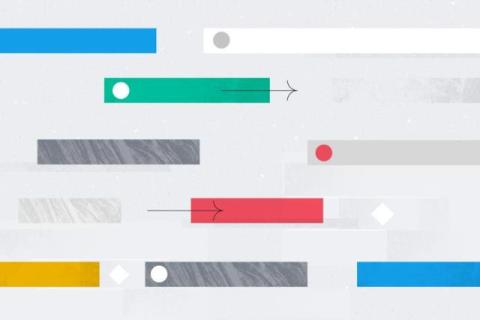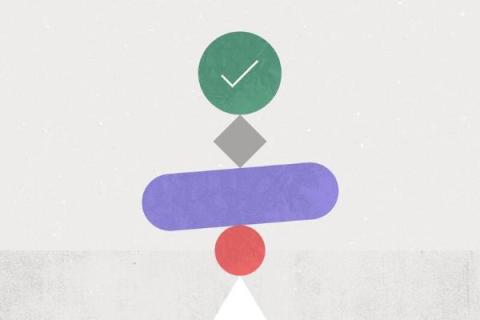Burnout symptoms: Signs of burnout and how to avoid it
Burnout happens when the stress or pressure from work reaches a tipping point—it either becomes too much or goes on for too long. While burnout is surprisingly common (71% of knowledge workers experienced burnout at least once in 2020), you’re empowered as a manager to prevent and reverse it within your team. Read on to learn about the signs of burnout, what causes it, and most importantly—how to prevent it. As a team lead, the last thing you want is for a team member to feel burnt out.











